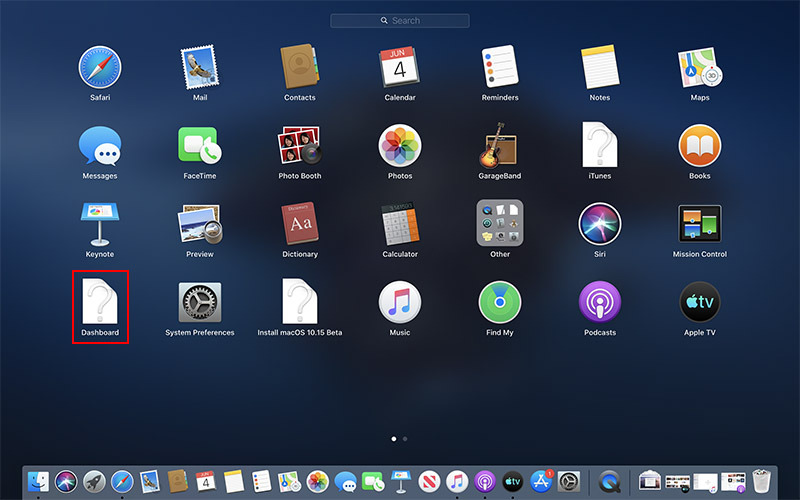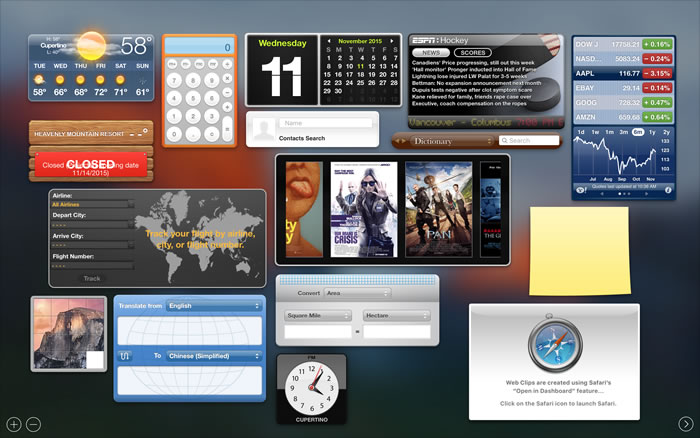

That’s a real shame because we often find ourselves wanting to do a quick calculation, for example. We’re not sure why, but Apple has left Dashboard to languish, completely disabling it in macOS Mojave. Think of how widgets work on iOS, and you’ve got the right idea. Calculators, sticky notes, easy access to the weather, and more were perfect uses for Dashboard. Dashboard lets you select widgets you can easily access without interfering with other apps, or having to launch any apps to do a simple task. Here’s how to go about restoring Dashboard to its rightful glory.įor those unfamiliar with Dashboard, it’s a collection of widgets that has been around ever since Mac OS X 10.4 Tiger shipped many years ago. Thankfully, turning it back on is a simple affair. Here’s how to disable Dashboard in OS X.For some inexplicable reason, Apple decided to disable Dashboard by default in macOS Mojave, and it’s nothing short of a travesty. But if you no longer have use for the once-exciting feature, you can disable it to both simplify your user experience and potentially save a small amount of system resources. If you still use Dashboard, the good news is that Apple appears content to let it silently live on, even in the latest developer builds of OS X Yosemite. Most of the information that was once so impressively obtained via Dashboard - stock prices, sports scores, weather updates - is now usually delivered via smartphones, tablets, and new OS X features like Notification Center.

The app’s competitor, Konfabulator, is long gone, and Apple has neglected its widget download page. Now 10 years later, Dashboard is an afterthought for most OS X users. Mac fans marveled at the slick interface for displaying useful widgets, and the company quickly opened widget development to third parties. When Apple introduced OS X 10.4 Tiger during WWDC 2004, a major selling point of the new operating system was Dashboard.


 0 kommentar(er)
0 kommentar(er)
